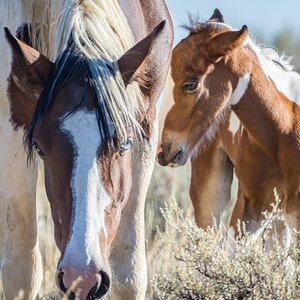Shiva_42
TPF Noob!
- Joined
- Nov 18, 2010
- Messages
- 45
- Reaction score
- 0
- Location
- Joplin, Missouri
- Can others edit my Photos
- Photos OK to edit
I'm fairly new to DSLR's, so forgive me if this is an ignorant question:
The normal ISO sensitivity range on my D90 is 200-6400 (or something very close to that). Now, I can accurately imagine the potential issues if I artificially increase my ISO to HIGHER that the top value, but what is the potential downside of LOWERING my ISO for a shot?
I.E., I want to take a landscape shot in bright sunlight, but want some movement in the water in the pic, so I REDUCE my ISO to 100. What is the disadvantage of shooting my pic with this setting no longer on automatic?
The normal ISO sensitivity range on my D90 is 200-6400 (or something very close to that). Now, I can accurately imagine the potential issues if I artificially increase my ISO to HIGHER that the top value, but what is the potential downside of LOWERING my ISO for a shot?
I.E., I want to take a landscape shot in bright sunlight, but want some movement in the water in the pic, so I REDUCE my ISO to 100. What is the disadvantage of shooting my pic with this setting no longer on automatic?


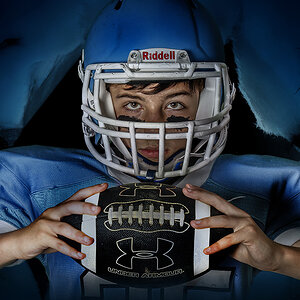

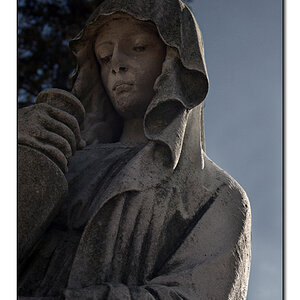
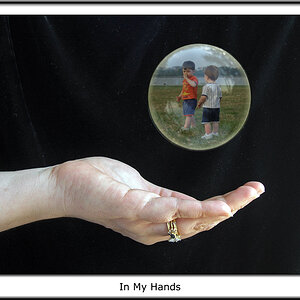
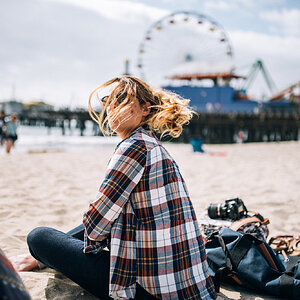
![[No title]](/data/xfmg/thumbnail/32/32433-abebb6cea0cf29d5f27d9054c7b0664e.jpg?1619735443)

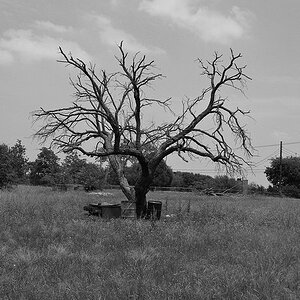
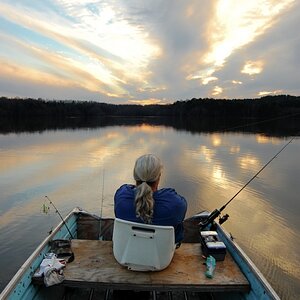

![[No title]](/data/xfmg/thumbnail/38/38741-89a8c6f9d841889783a4fae2b8c40902.jpg?1619738704)
